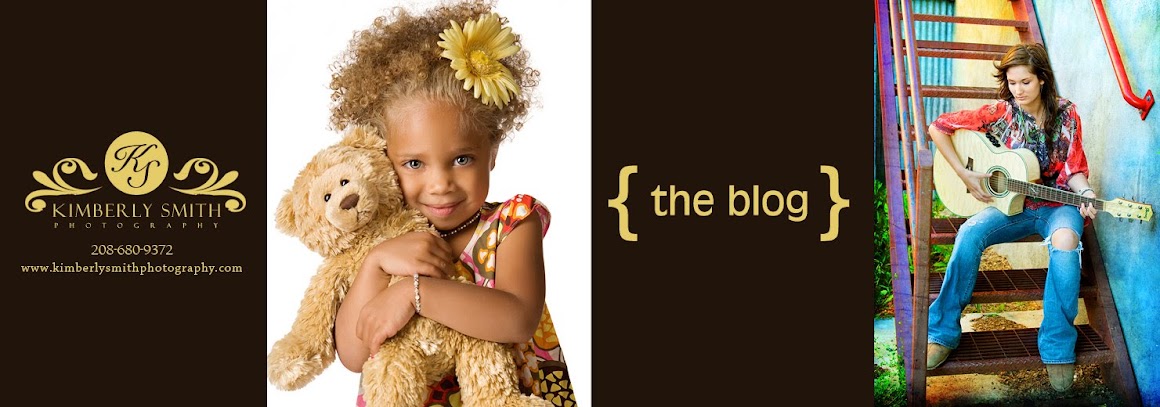Tip and Tricks Thursday
Did you work on playing with your aperture (f stops) and shutter speeds last week? I hope you were able to see the difference the f stops make in your depth of field and how important shutter speeds can be, especially in regard to "action" shots. If you didn't have a chance to play with it too much, try some more this week. I believe that if you can understand how the "S" (shutter priority) and "A" (aperture priority) modes work then getting into manual modes will be a little easier. When I first started learning how to shoot a DSLR (digital single lens reflex) camera I played a lot in the "S" and "A" modes and then went into manual mode and plugged in similar settings and then adjusted it to my liking.
Chapter 1: Learning your camera
Part C: Manual Mode
Manual mode is THE ONLY WAY to have total control of your camera. You tell it EVERYTHING. Once you learn to manual control your camera you will NEVER go back to Auto. I love having the control of telling my camera what I see.
Because manual control encompasses so many different options I am going to just briefly explain what you can control in this mode and then I will go more into depth on each setting over the next 5 weeks.
In manual mode you control:
White Balance:
This determines the color that your camera "sees". Your camera can be set to Auto white balance or custom white balance. By adjusting the white balance in your camera you are giving your camera a white colour for reference.
ISO:
ISO stands for International Organization for Standardization. ISO is the method of adjusting the camera’s sensor to make it more sensitive to light. Higher ISO means higher sensitivity to light. Also the higher the ISO, the greater the noise of the camera will be making your image grainy. So to keep the noise at bay, you can take a few pictures at different ISO settings and check the resulting noise that you can bear to have.
Shutter Speeds and Aperture:
We will go more into depth on how the shutter speed and aperture go hand in hand with ISO.
Focal Points:
Focal points are so important on controlling where your focus is. You tell the camera what you want it to focus on, whether it be in the right corner, left bottom, etc. I love being able to adjust my focal points to get the specific area sharp tack.
Histograms:
If your camera will display a histogram after shooting an image, then you need to take advantage of this feature. By looking at the histogram of an image you can tell if the image was properly exposed or not. I will go into more details in one lesson on reading a histogram to make sure your image isn't under or over exposed.



No comments:
Post a Comment